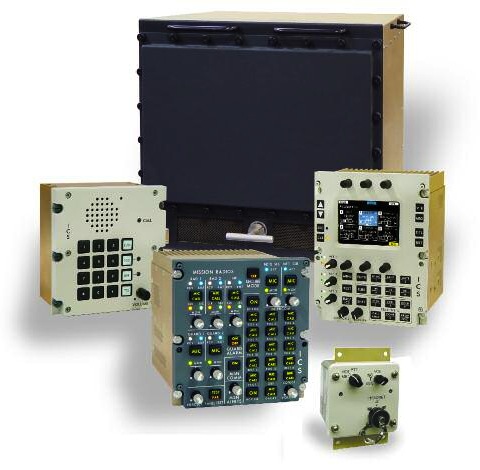What are Large Digital Communication Systems?
A state-of-the-art digital audio management and intercommunication System based on Palomar’s field proven TDM digital switching technology used in air traffic control and custom telephony applications. The Secure Communications System 2.0 provides a complete solution for systems demanding high quality secure digital voice/data switching and conferencing with combined system management. A unique distributive architecture is easily customizable for a tailored design and strategic placement of components. The system is a secure digital switch with isolated buses to carry multiple levels of secure data which extends from radio and crypto assets and is maintained throughout all components. The SCS 2.0 coordinates modes of transceivers, cryptos, data modems and host computers with controls at Operator Positions.

Large Digital Communication System Scalable Architecture
Performance Characteristics

Product Overview
Product Brochure
Explore Palomar SCS 2.0, a scalable, secure communication system offering voice, data, and video management for military and aerospace platforms.










